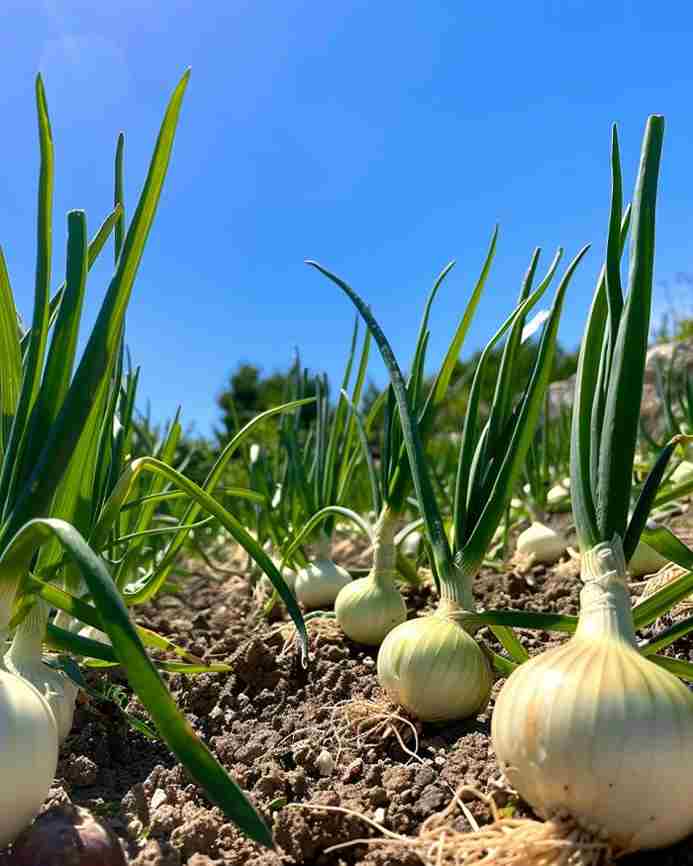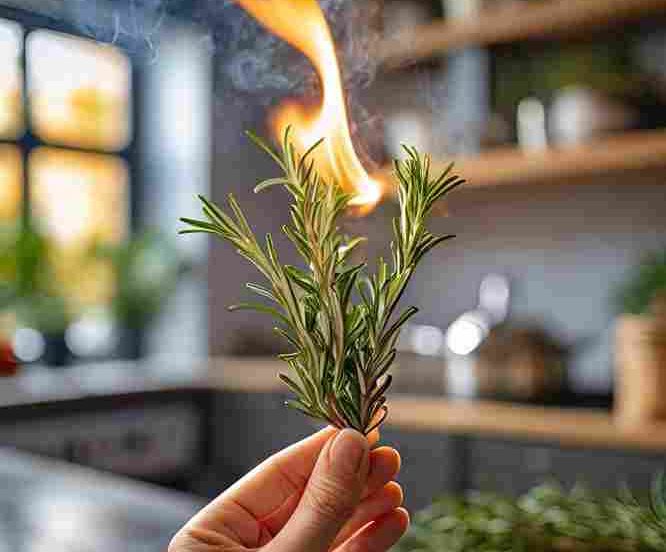Onions are one of the most commonly used vegetables in kitchens around the world. They are fundamental to a plethora of dishes, providing a base flavor that is both distinctive and irreplaceable. If you’re a gardening enthusiast or just someone who loves to have fresh produce right at their fingertips, growing your own onions is not only a rewarding experience but also a practical one. It can save you from the repeated purchases at the store, and when done correctly, can ensure that you have an endless supply.
Embracing your inner gardener and following a few essential tips will lead to a bountiful harvest that can potentially last all year round. There’s nothing like the taste of a freshly plucked onion from your backyard – sweet, crisp, and ripe with the taste of your own efforts. So, let’s dig into the world of onion cultivation with these top 10 tips for an endless onion supply.
ADVERTISEMENT
1. Choose the Right Variety
There are many varieties of onions to choose from, including yellow, red, and white onions, as well as shallots and scallions. Understand the climate you’re living in and choose the variety that is best suited to your area. Short-day onions are ideal for southern climates, whereas long-day onions thrive in northern regions. If you’re in between, consider intermediate-day onions for best results.
2. Start with High-Quality Seeds or Sets
Begin with high-quality seeds, or for those who want an easier start, onion sets (small onion bulbs that have been dried) can be an excellent option. Seeds offer more variety and are less prone to disease, while sets can provide a quicker harvest. Be sure to source them from reputable suppliers.
3. Prepare Soil Properly
Onions prefer well-drained, nutrient-rich soil. Prior to planting, enrich your soil with compost or aged manure to ensure optimal fertility. A pH balance between 6.5 and 6.8 is ideal. Make sure the soil is well-tilled to prevent any compaction that could inhibit growth.
4. Ensure Appropriate Spacing
Proper spacing is crucial for individual onions to grow to their full size. Plant seeds or sets about 4-6 inches apart in rows that are 12-18 inches apart. This spacing strategy allows for sufficient air circulation and room for growth, and also makes weeding easier.
5. Water Consistently but Don’t Overwater
Onions require consistent moisture for best results, especially during the early stages of development. However, overwatering can lead to root rot and other diseases. Aim for about an inch of water per week, including rainfall.
6. Mulch for Moisture Retention and Weed Control
Mulching with straw, shredded bark, or compost will help to retain soil moisture and regulate soil temperature. Mulch also suppresses weeds that can compete with your onions for nutrients and water.
7. Fertilize Appropriately
Feed your onions a balance of nutrients, especially phosphorus, potassium, and nitrogen. It’s best to fertilize the soil before planting and then add a nitrogen-based fertilizer periodically during the growing season to encourage healthy growth.
8. Be Vigilant About Pests and Diseases
Keep an eye out for any signs of pests or diseases. Common onion problems include onion maggots, thrips, and fungal diseases like downy mildew and blight. If you notice signs of distress, treat with appropriate organic or chemical remedies as soon as possible.
9. Harvest at the Right Time
Onions are ready to harvest when the tops begin to fall over and yellow. Carefully lift the bulbs, shake off any excess soil, and then cure them in a warm, dry place with good air circulation for several weeks until the outer skin is papery.
10. Store Properly for an Endless Supply
Once cured, store your onions in a cool, dry place. Braiding and hanging onions is a traditional method that works well for ventilation. Alternatively, store them in mesh bags or bins with plenty of air circulation to avoid moisture accumulation. Properly stored, onions can last several months, ensuring you have a steady supply until the next harvest.
Implementing these tips can take your onion-growing experience from mundane to masterful. With some patience and care, growing onion at home will not only lead to a bountiful harvest but also save you money and trips to the grocery store. So roll up your sleeves, and let the scent of success be the sweet onion aroma in your garden!


